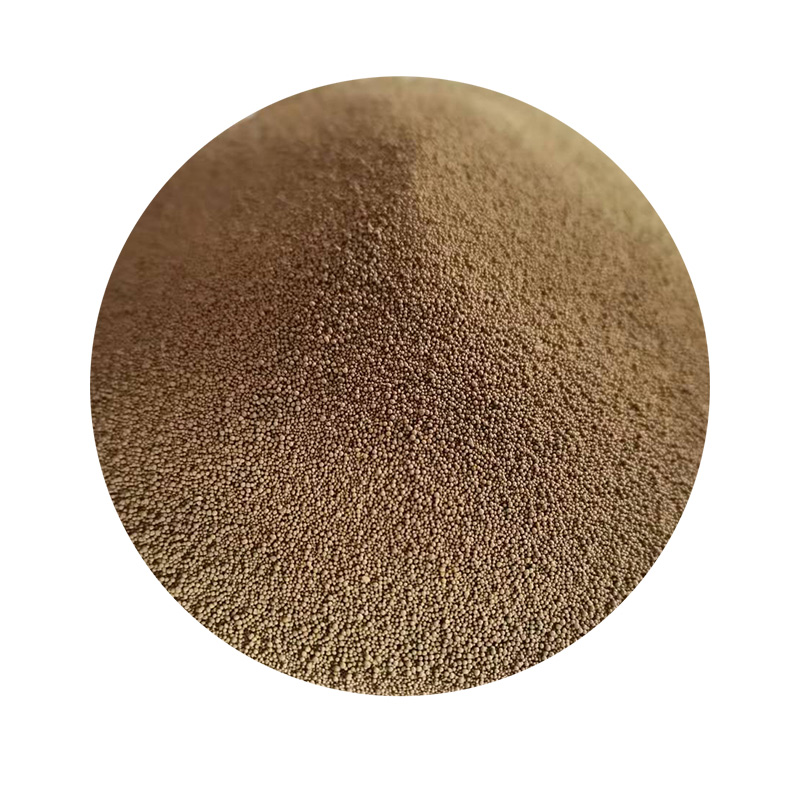Steps in Sand Casting
Sand casting is a widely used manufacturing process for producing metal parts. It involves creating molds from sand to shape molten metal, which is then poured into these molds to harden and form the desired component. This method is favored for its versatility, cost-effectiveness, and ability to create complex shapes. Below are the key steps in the sand casting process.
1. Designing the Pattern
The first step in sand casting is designing the pattern. A pattern is a replica of the final product made from various materials such as wood, metal, or plastic. It is crucial that the pattern considers the final dimensions of the part, as it must account for metal shrinkage and expansion during cooling. Patterns can be either solid or split, and their design greatly influences the mold's quality and the final product’s accuracy.
2
. Preparing the MoldOnce the pattern is prepared, the next step is to create the mold. The mold is typically made from a mixture of sand and a bonding agent, which can be clay or resin. The sand is packed around the pattern to form the mold cavity. For intricate designs, the mold may be created in two halves to accommodate complex shapes. After packing the sand, it is compacted to ensure it retains its form when the pattern is removed.
3. Removing the Pattern
After the mold is prepared and sufficiently dried, the pattern is carefully removed, leaving a hollow cavity that reflects the shape of the desired part. This step requires precision to avoid damaging the mold. If the mold is split, both halves are separated to extract the pattern. Additional features like gates and risers may be added at this stage to facilitate the proper flow of molten metal.
steps in sand casting

4. Pouring the Metal
With the mold ready, the next step is to pour the molten metal. This metal is typically heated to high temperatures until it reaches a liquid state and is then carefully poured into the mold cavity. It is essential to control the pouring process to prevent defects such as turbulence, which can introduce air bubbles or cause misalignment. The pouring temperature and speed must also be monitored to ensure a smooth fill.
5. Cooling and Solidification
Once the molten metal is poured into the mold, it begins to cool and solidify. The rate of cooling can affect the microstructure of the metal, so this step can be controlled by manipulating various factors such as mold material and thickness. After a sufficient cooling period, the metal will harden and take on the shape of the mold.
6. Breaking the Mold
After cooling, the final step involves breaking the mold to retrieve the cast part. This process can be done manually or mechanically, depending on the size and complexity of the part. Once removed, the part may require additional finishing processes, such as sanding, machining, or heat treatment, to achieve the desired surface finish and physical properties.
Conclusion
Sand casting remains a preferred method in the metalworking industry due to its simplicity and effectiveness in producing complex shapes. Understanding the steps involved in sand casting equips manufacturers with the knowledge needed to optimize their processes and produce high-quality metal components.
Post time:Septemba . 16, 2024 08:21
Next:Foundry Sand
